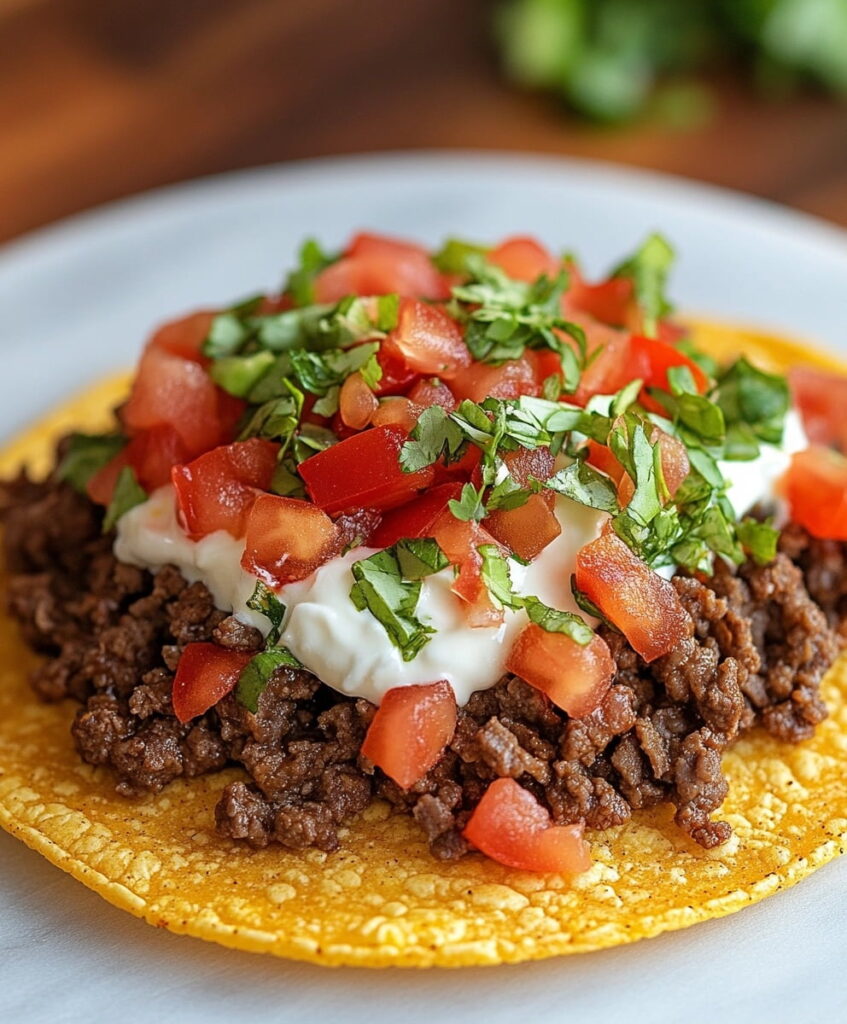Kuri Kinton: A Sweet Delicacy for the New Year
The first handful of days in January mark a special time in Japan known as O-shogatsu. It’s a period filled with culinary delights, and one of the highlights is the New Year’s Day feast called Osechi. This celebration brings a variety of special foods that are both symbolic and delicious. For me, it’s a personal favorite that I eagerly anticipate each year. Of course, the joy isn’t just in shopping, preparing, and cooking; it’s a wonderful opportunity to enjoy these culinary creations with my daughter!
Among the many dishes served during this festive time, one that stands out is the delightful sweet potato puree with sweetened chestnuts, known as Kuri Kinton. Chestnuts hold a special place in Japanese cuisine, especially when they come from regions like Tamba in Hyogo Prefecture, renowned for their flavor. In fact, the city of Nakatsugawa in Gifu Prefecture is famous for its rich, sweet treats made from mashed chestnuts shaped into alluring morsels.

The history of Kuri Kinton traces back to Ryori monogatari, a recipe collection from 1643. Originally, kinton referred to a dumpling served within miso soup. The sweetened version, which resembles traditional Chinese confections, began rising in popularity by the end of the Meiji era (1868-1912). One interesting note is that sugar was initially used as a preservative, making Kuri Kinton quite sweet. However, you can adjust the sugar content to suit your tastes; personally, I prefer a lighter version.
Traditionally, Kuri Kinton was crafted solely from candied chestnuts, but as the cost of these delicious nuts increased, sweet potatoes were added to the mix. Today, while chestnuts are not strictly necessary, they provide a lovely texture and flavor contrast that elevates the dish. You can find sweetened chestnuts at specialty stores or online, or you could even attempt to make your own, although it can be quite a labor-intensive task. The Japanese sweet potatoes, known as satsumaimo, are notably sweeter and have a reddish skin when compared to the American variety.
Kuri Kinton is not only a traditional side dish for the Osechi banquet but also makes for a delightful treat on its own. If you have leftovers, consider spreading it on toast like a jam, or savor it alongside a warm cup of green tea or matcha, the finely powdered green tea used in traditional Japanese tea ceremonies.
Ingredients
- 2 lbs Japanese sweet potatoes (satsumaimo), peeled and sliced into ½-inch rounds
- ¾ cup white sugar, or to taste
- ⅓ tsp salt
- 1 tbsp mirin (sweet sake)
- 1 jar/can sweetened chestnuts in heavy syrup (use at least 6, cut in half or left whole if small)
- 2 tbsp heavy syrup from the chestnuts, or substitute with 1 tablespoon honey and 1 tablespoon water
Optional Garnish
- Whole sweetened chestnuts, drained of heavy syrup
Instructions
Start by soaking the sliced sweet potatoes in water for at least 30 minutes. Changing the water once or twice will help release excess starch. After soaking, drain the sweet potatoes.
In a medium-sized saucepan, boil the sweet potatoes uncovered for about 15 minutes until they become tender. You can check their doneness by easily piercing them with a bamboo skewer. Once cooked, drain and mash the sweet potatoes. For a smoother consistency, consider using a food processor or a fine-meshed strainer in addition to a potato masher.
Return the mashed sweet potatoes to a clean saucepan and stir in the sugar, salt, mirin, and syrup. Bring this mixture to a boil, stirring continuously with a wide wooden spoon or long-handled paddle (be cautious as it will be very hot!). When the mixture thickens enough to stick to the spoon, add in the drained chestnuts. Cook over medium-high heat for approximately 5 minutes, making sure to mix them thoroughly; the mixture should be thick enough to cling to the spoon.
Once ready, serve Kuri Kinton at room temperature—either in a large bowl for sharing or in individual servings for your Osechi feast. If you have extra chestnuts, feel free to place a few whole ones on top for garnish!
Frequently Asked Questions (FAQ)
1. Can I use regular potatoes instead of sweet potatoes?
While the dish is traditionally made with Japanese sweet potatoes, you could try using regular potatoes, but it will change the flavor and texture significantly.
2. Can I make Kuri Kinton ahead of time?
Yes! Kuri Kinton can be made a day in advance. Just store it in an airtight container in the refrigerator and bring it to room temperature before serving.
3. Are there any substitutions for mirin?
If you don’t have mirin, you can use a mixture of sake and sugar as a substitute or a little bit of rice vinegar with some sugar added.
4. How long can Kuri Kinton be stored?
Stored properly in the fridge, Kuri Kinton can last for about 3-5 days. Just make sure it’s in an airtight container.
5. Can I freeze Kuri Kinton?
Yes, you can freeze Kuri Kinton, though it’s best enjoyed fresh. If freezing, make sure to thaw it in the refrigerator and reheat gently before serving.











